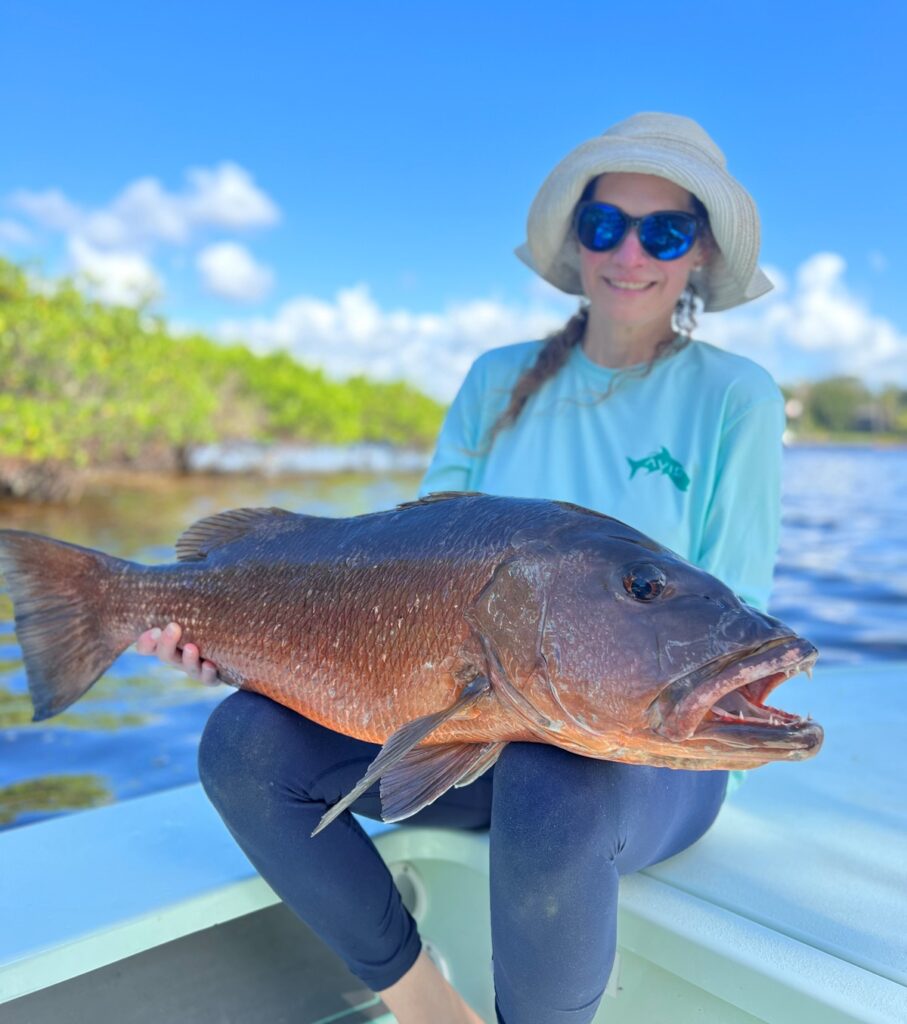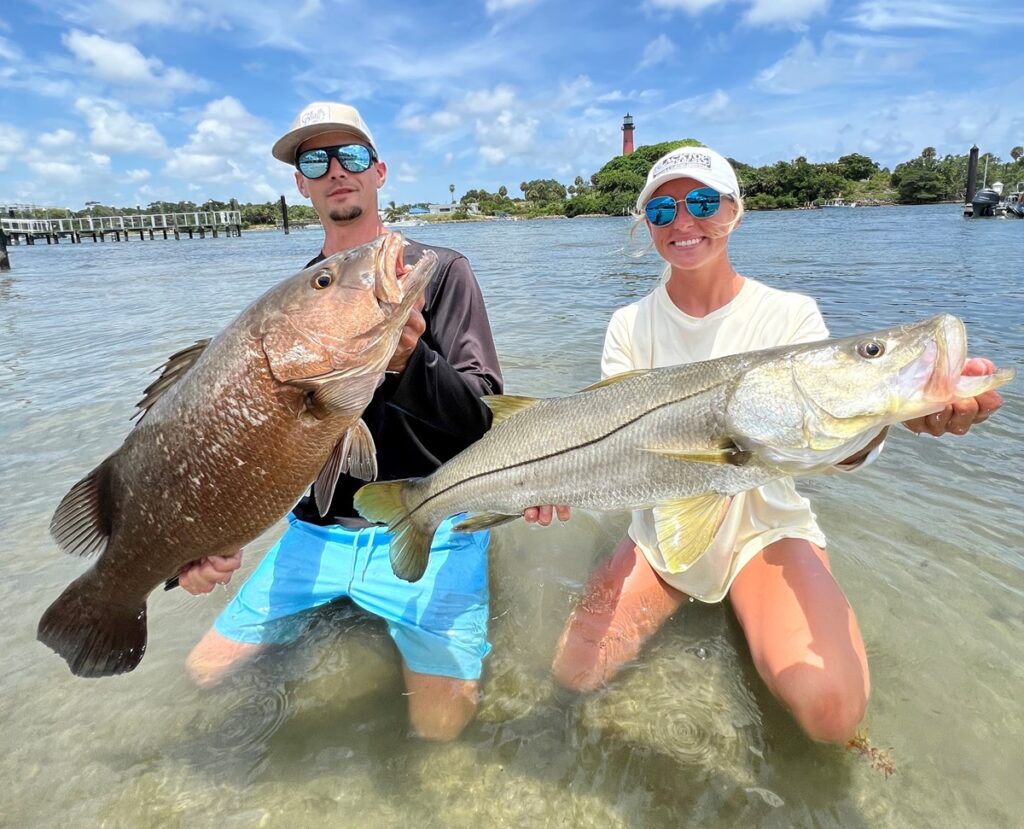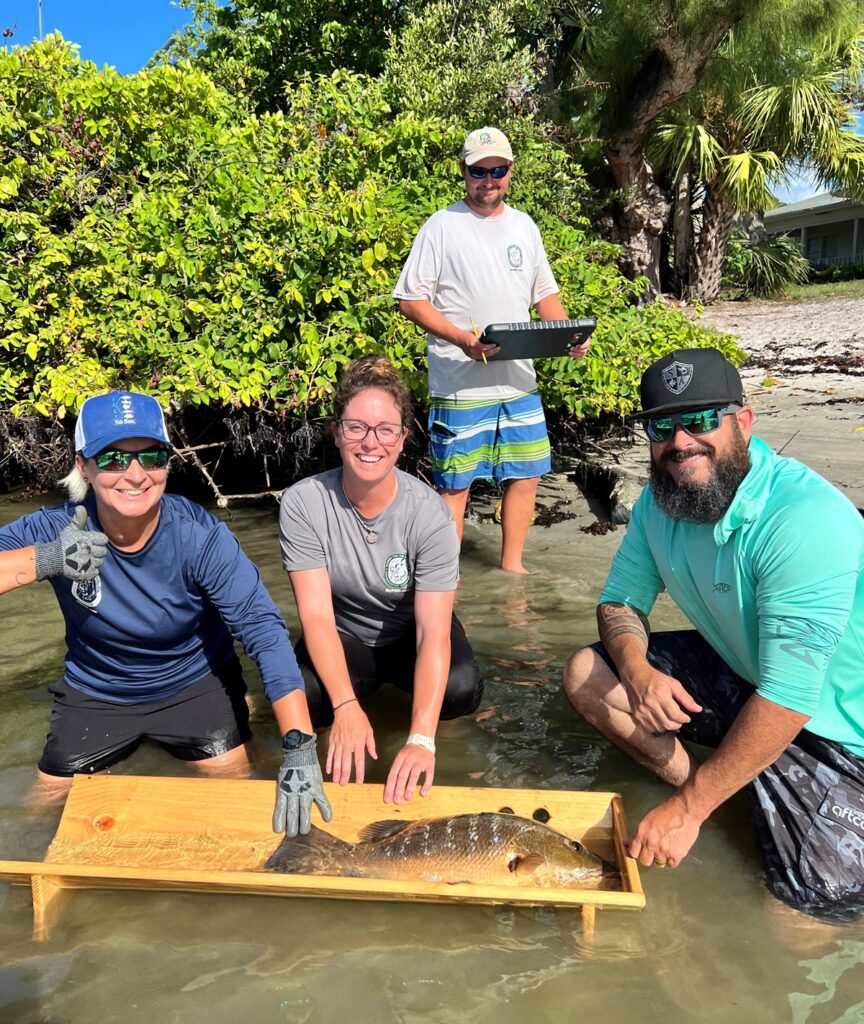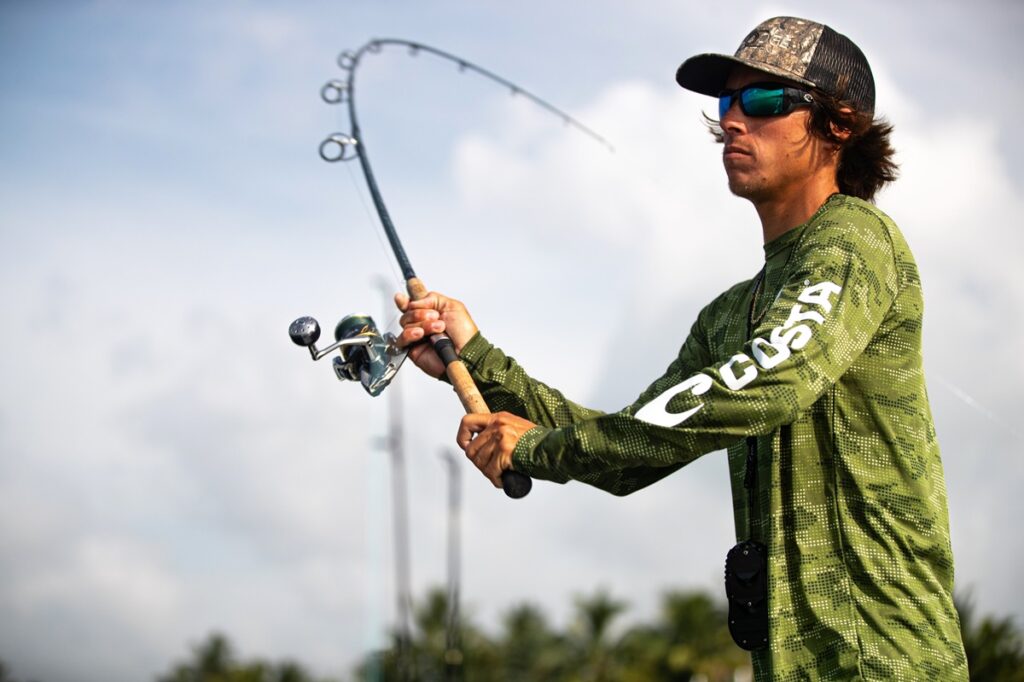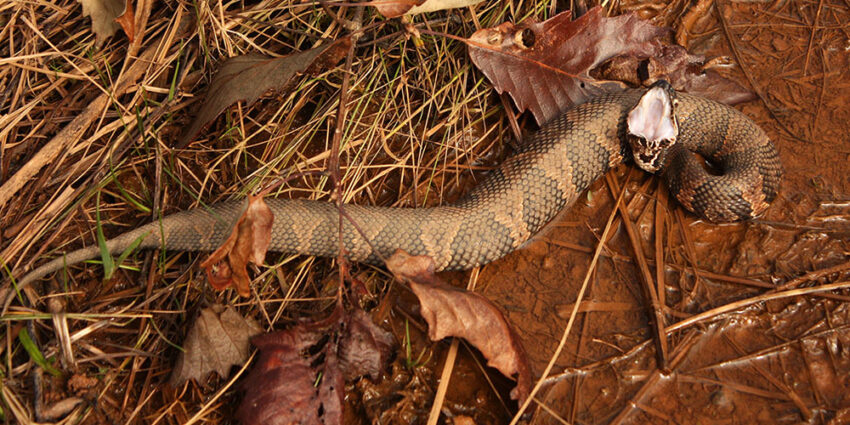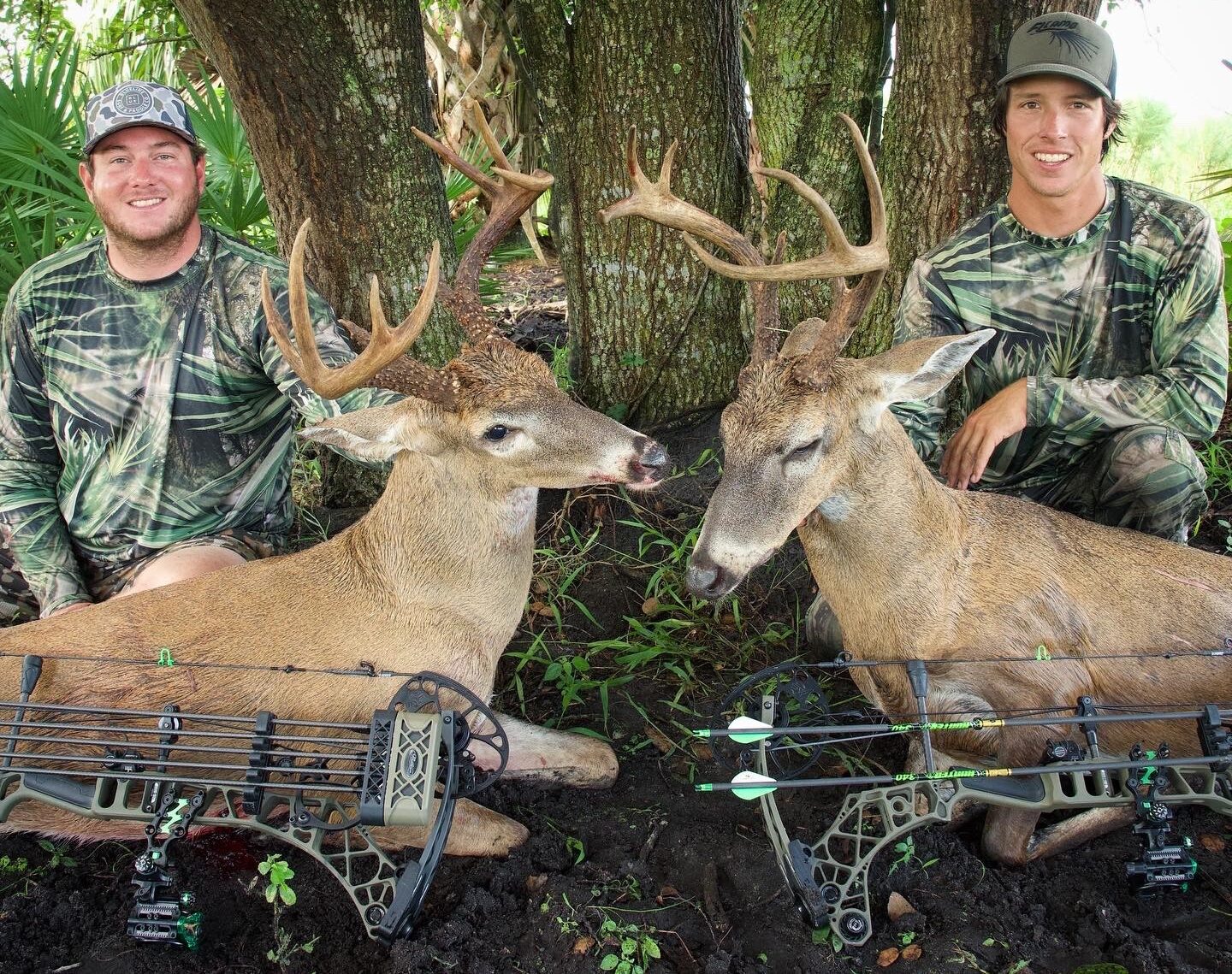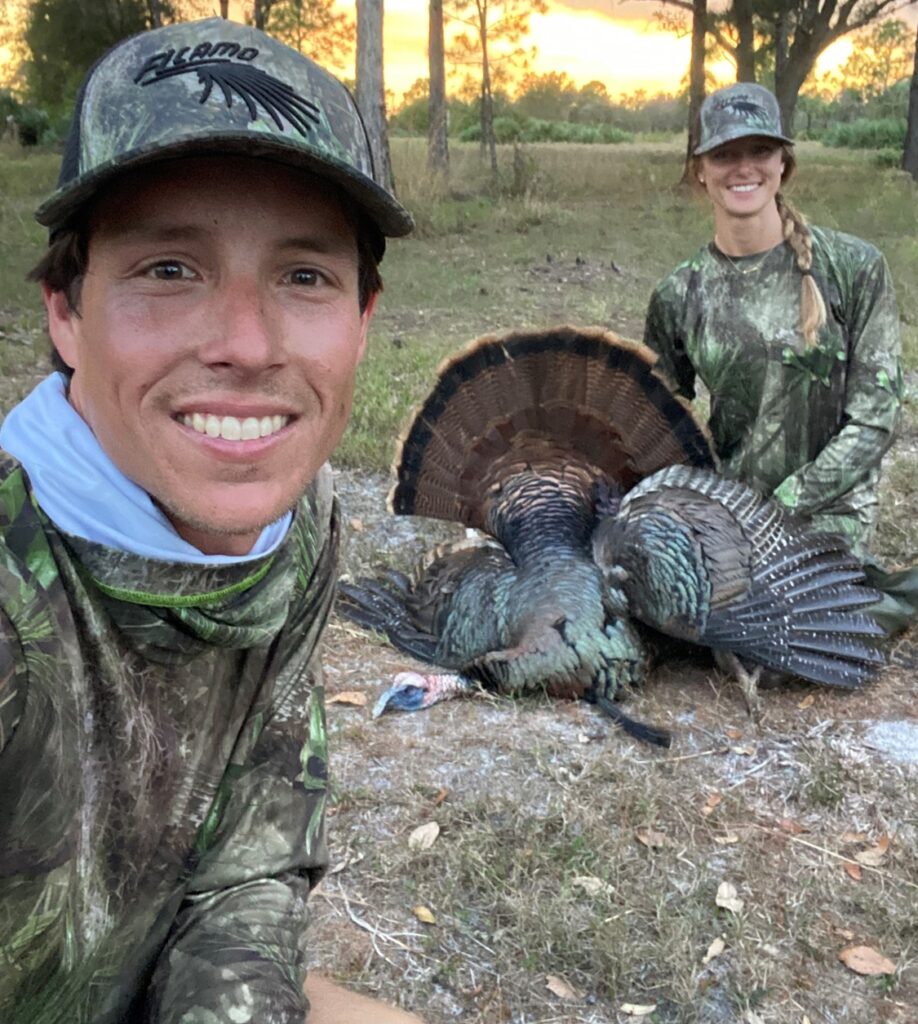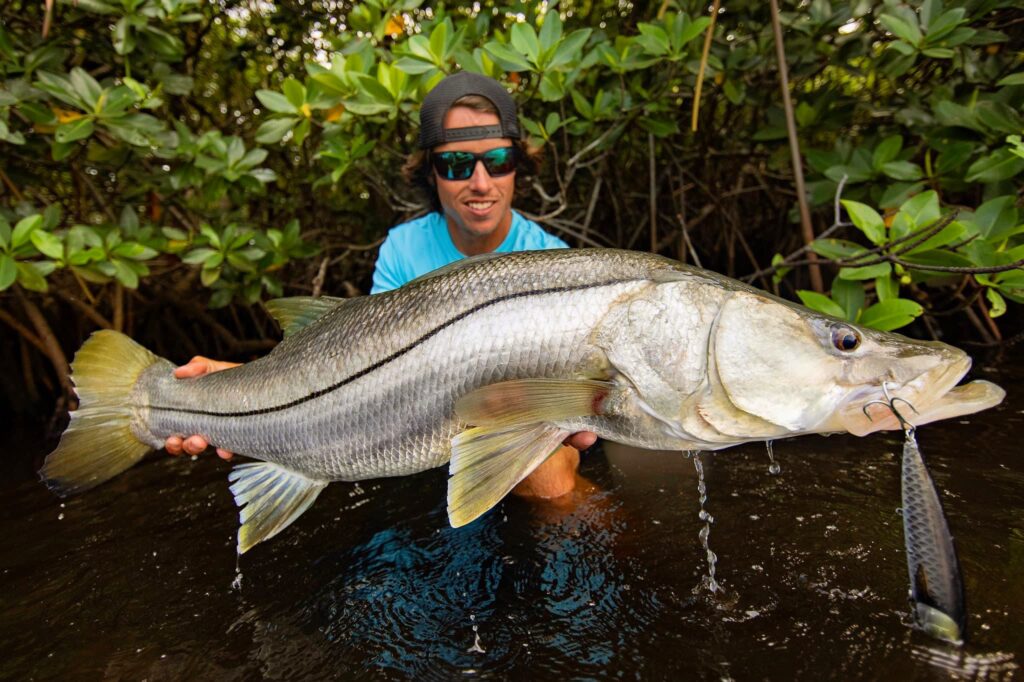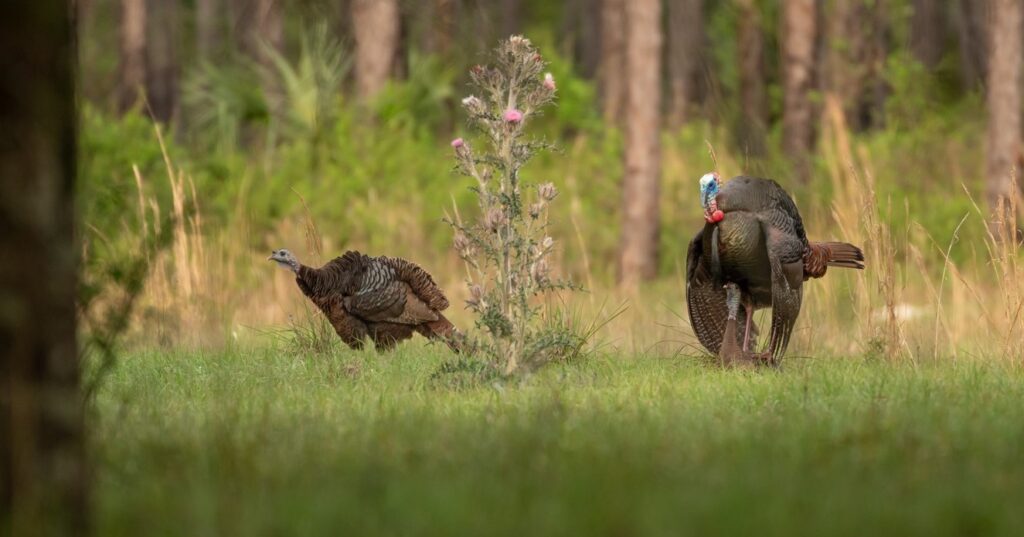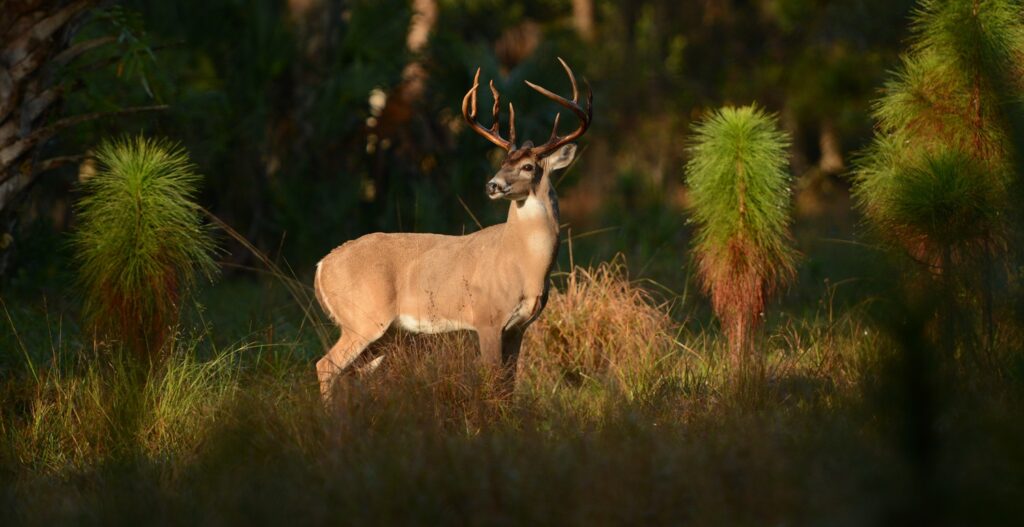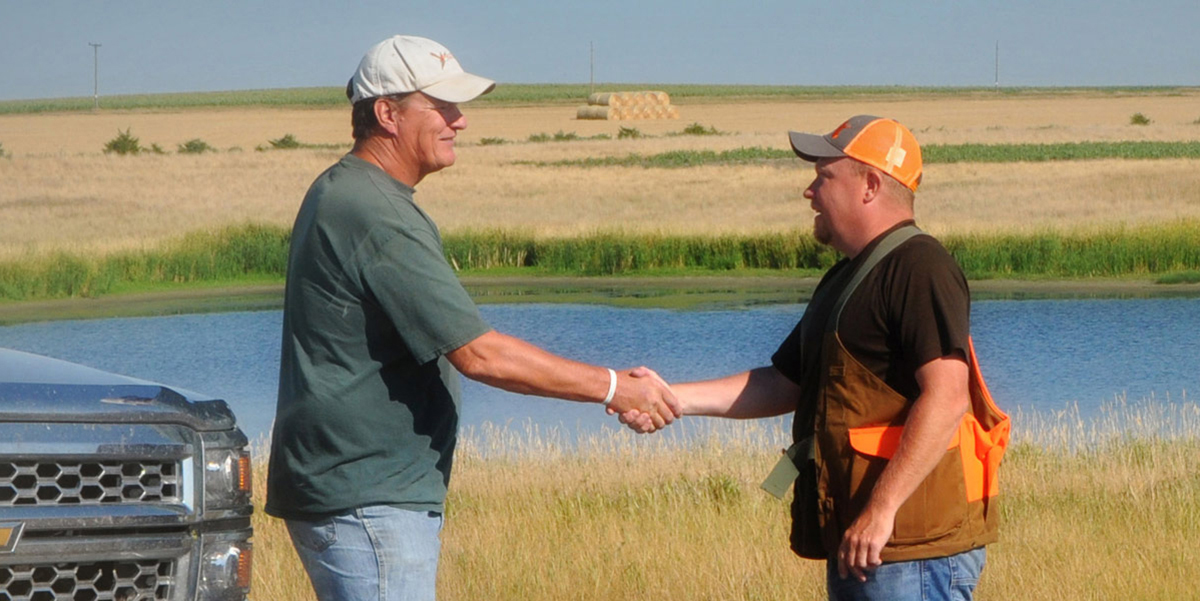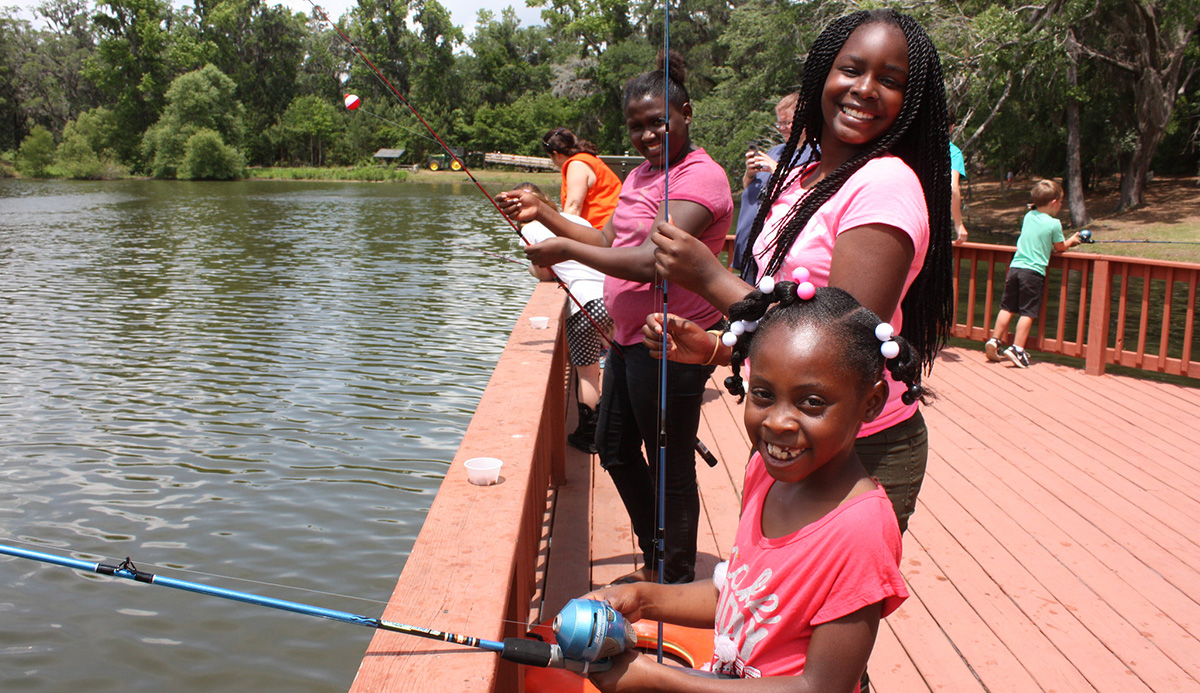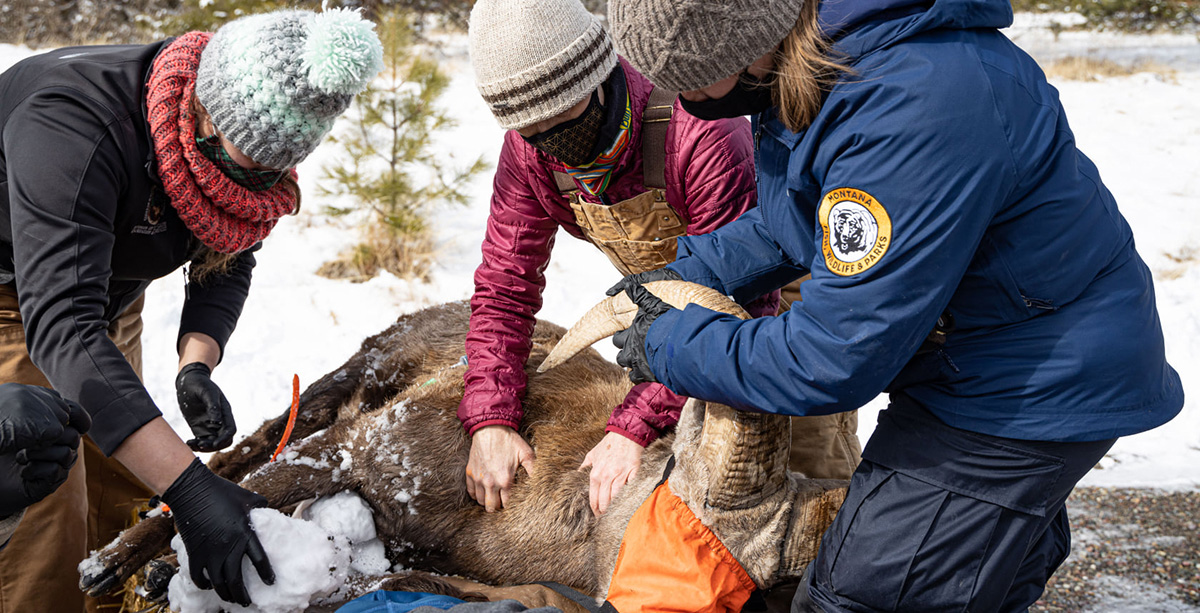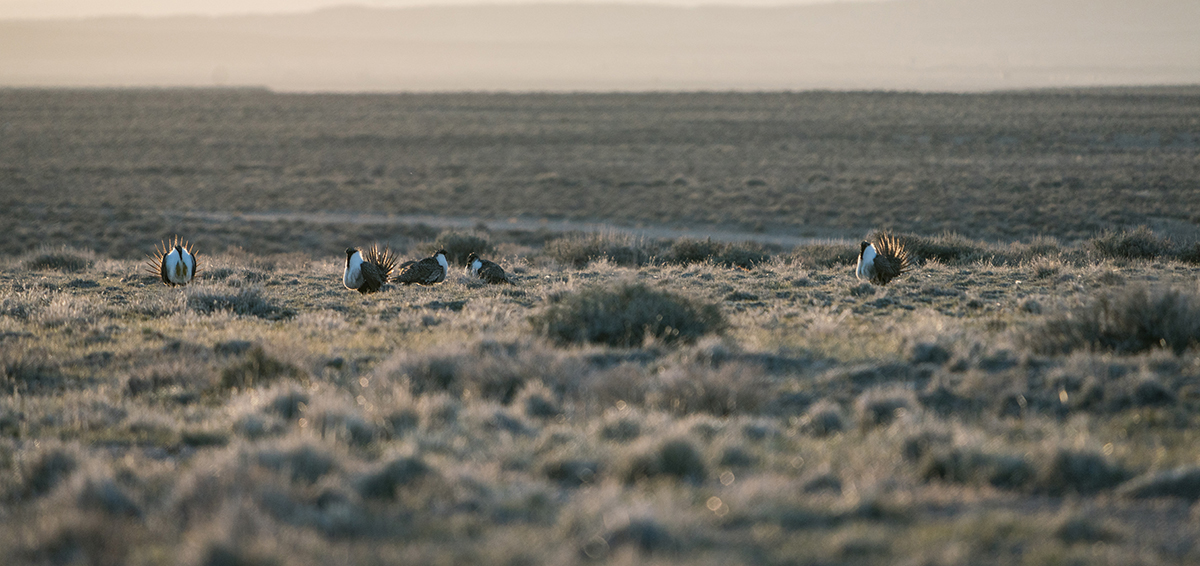Richard Martinez shared with TRCP how South Florida hunting offers a chance for backcountry adventure in a subtropical setting – without the need for a passport
When you think of the Everglades, you probably think of water.
Of airboats and alligators, miles of submerged sawgrass and cypress domes. Of swamps filled with mosquitos and invasive pythons. If you’re a saltwater angler, your mind might also wander to the amazing tarpon, snapper, snook, and myriad marine fish that benefit from Everglades conservation efforts.
What may not come to mind is dry land – and the hunting opportunities those thousands of acres provide.
“It’s more than just bugs and swamps and reptiles down here,” says Richard Martinez, a lifelong outdoor enthusiast and Gladesman. “Hunting the Everglades uplands is like nothing else in the country.”
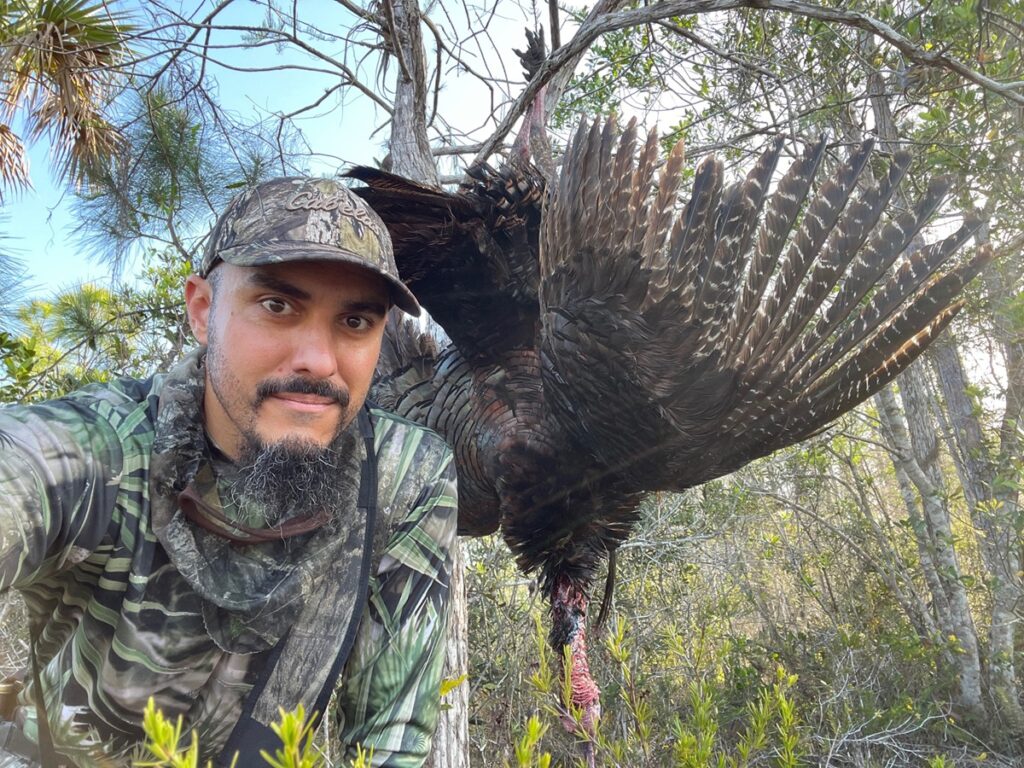
South Florida is a well-known destination for Osceola turkey hunts. But Martinez, a diehard turkey hunter who’s been a guest on MeatEater and The Hunting Public podcast, also seeks public-land deer, wild hog, ducks, and small game. This is largely due to a network of not only wetlands and waterways but also a mosaic of upland pine islands and hardwood hammocks that game species rely on for bedding, foraging, and nesting.
“In other parts of the country, you typically have to travel hundreds or thousands of feet in elevation to experience changes in habitat types, but here the ecology can change within a few inches or feet,” says Martinez.
“I find it very humbling. It’s not a very human-friendly place.”
Click here to support critical Everglades habitat protection –
A Backcountry Hunters & Anglers volunteer since 2018, Martinez currently serves on the Florida chapter’s board as chair. He helps coordinate initiatives and outreach across the state, and advocates on behalf of local sportsmen and sportswomen on habitat and access issues affecting South Florida. A strong hunting community exists in South Florida, including conservation associations and airboat and duck hunting clubs.
The Everglades are the largest subtropical wilderness in the country. And for Martinez the biggest draw of hunting in the Everglades is exploring their sheer wildness.
“I find it very humbling,” he says. “It’s not a very human-friendly place. I often feel like everything around me is telling me to go home when I’m there.”
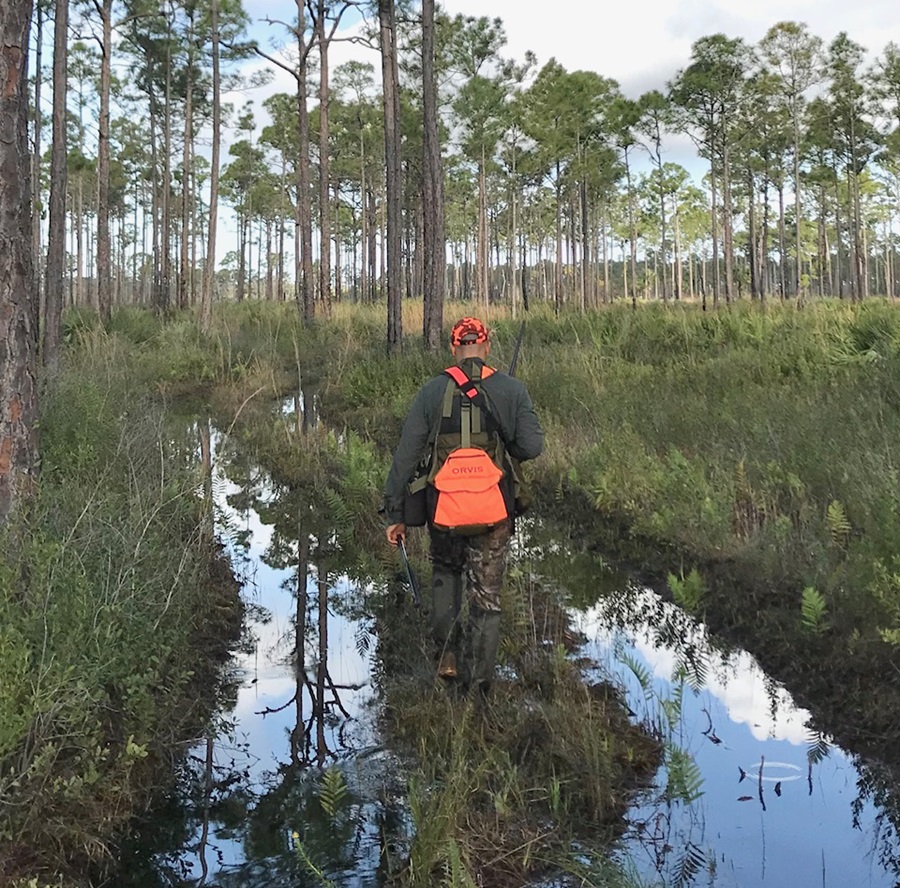
Foreboding as it is, Everglades hunting means not just opportunities for Osceolas, migratory waterfowl, and non-migratory mottled ducks and black-bellied whistlers that are hard to find anywhere else, but an abundance of wildlife in a place that can test even the most seasoned outdoorsperson.
Martinez recalls one close encounter with a Florida panther (he’s had several confrontations with the big cats) while turkey hunting. He was on foot, traversing a “buggy trail” – Everglades parlance for offroad vehicle trails made for the region’s raised 4WD vehicles. “I came around a trail and was within 10 yards of a full-grown male panther. He bolted, but I nearly crapped my pants,” he laughs. “You don’t realize how big they are until you see them in real life.”
Like most other hunters and anglers, Martinez supports Everglades conservation efforts, but wants to make sure that hunters’ voices – in addition to the voices of anglers and conservationists – are being heard, whether looking at panther protections or determining conservation pathways to undo decades of damage from drainage canals and levees.
“Basically, half the Everglades are gone. The same amount of water remains, even though the land capable of holding onto that water is greatly diminished,” he says.
The problem is the need to put those water inputs somewhere for the land to reabsorb and filter out pollutants before they reach the ocean. Martinez says an overlooked result of human-manipulated water levels is negative impacts on hunting and habitat. “There’s a lot of push to put more water into certain interior areas that traditionally don’t hold as much water,” he says. “Those plant communities are now changing and not supporting game species like deer and turkey as well.”
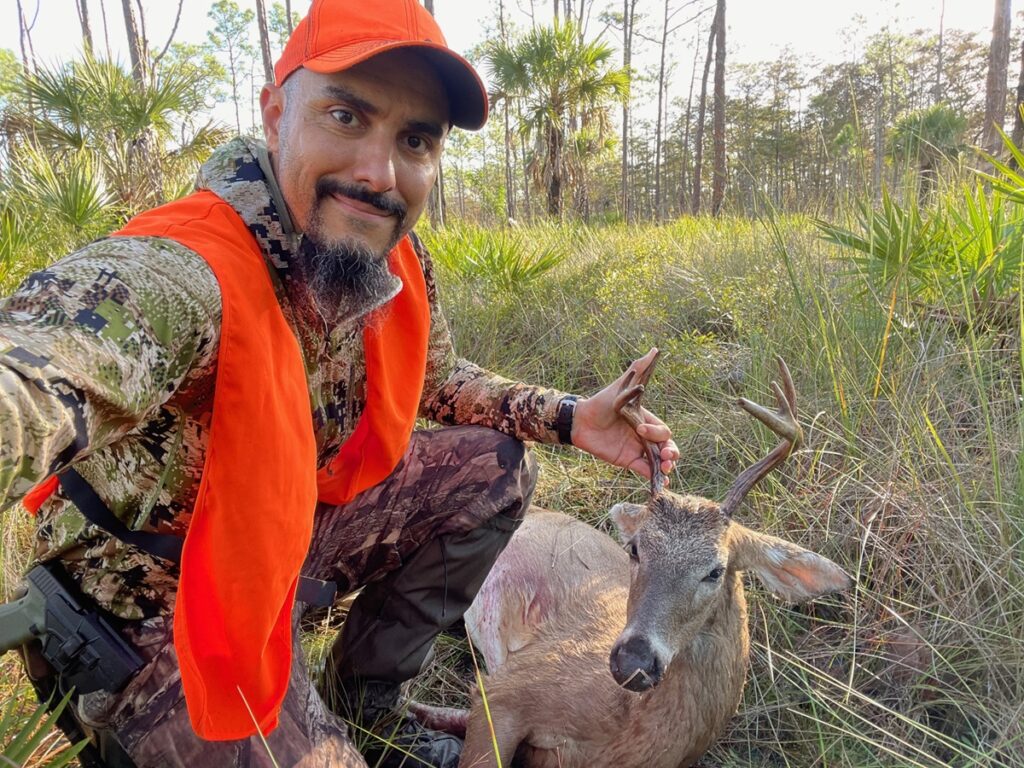
Habitats found in slightly higher uplands which require little to no long-term inundation can be affected by water storage and release decisions that provide beneficial water treatment but keep plant communities submerged for extended periods. Martinez’s hunting community, alongside the Theodore Roosevelt Conservation Partnership and various conservation groups tackling the challenge of Everglades restoration, recognizes the complexities of trying to undo decades of destruction and neglect.
“We shouldn’t call it Everglades restoration. It’s really Everglades reinvention. And who gets to decide how we do this?”
Thanks to the advocacy of hunters, anglers, and conservationists, the Everglades remain a destination location for the adventure-seeking archer or fowler. But out-of-staters oft come unprepared, deceived by heavily edited online videos of the easiest, most successful hunts.
Martinez offers a few tips for those who want to plan an Everglades expedition. The first is to not bite off more than you can chew; to realize how hot and inaccessible the southernmost tip of the nation can be.
“You’re gonna have a real hard time adapting to bow season in August in South Florida,” he says. First-timers should consider a late-winter or spring hunt, perhaps for hogs or turkeys in March, when the weather is cooler and water levels have receded. Or go for mid-winter snipe, which Martinez says are “probably wing shooting’s best kept secret” in the Everglades. If you only have two or three field days to spare, and plan to be on public land, it’s also probably best to seek a local guide.
Above all, if you head down to the Glades be sure to temper your expectations. “Don’t come to check a box and easily find success,” Martinez says. “Just come down for the experience.”
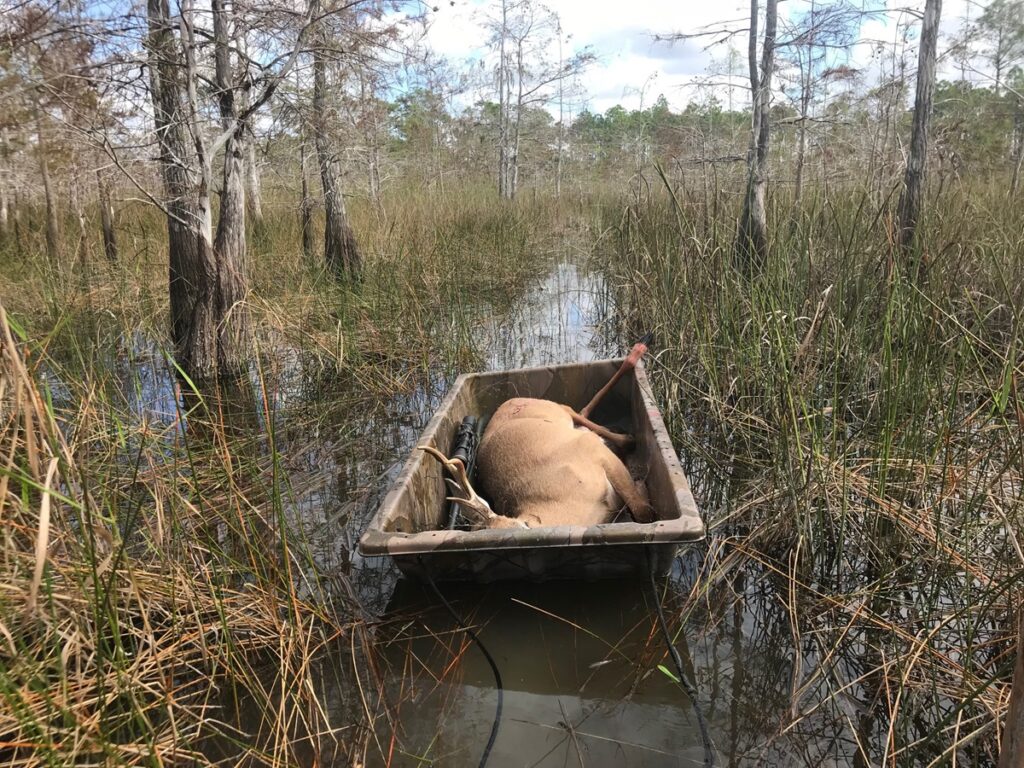
(Note: A version of this story also appeared in the Winter 2024 issue of Backcountry Journal.)
Click here to support Everglades habitat conservation efforts by insisting that lawmakers continue to provide funding for critical infrastructure work.

Also check out our November 2023 blog on Ryan Nitz hunting barefoot in the Everglades.
Photo credits: All images courtesy of Richard Martinez



